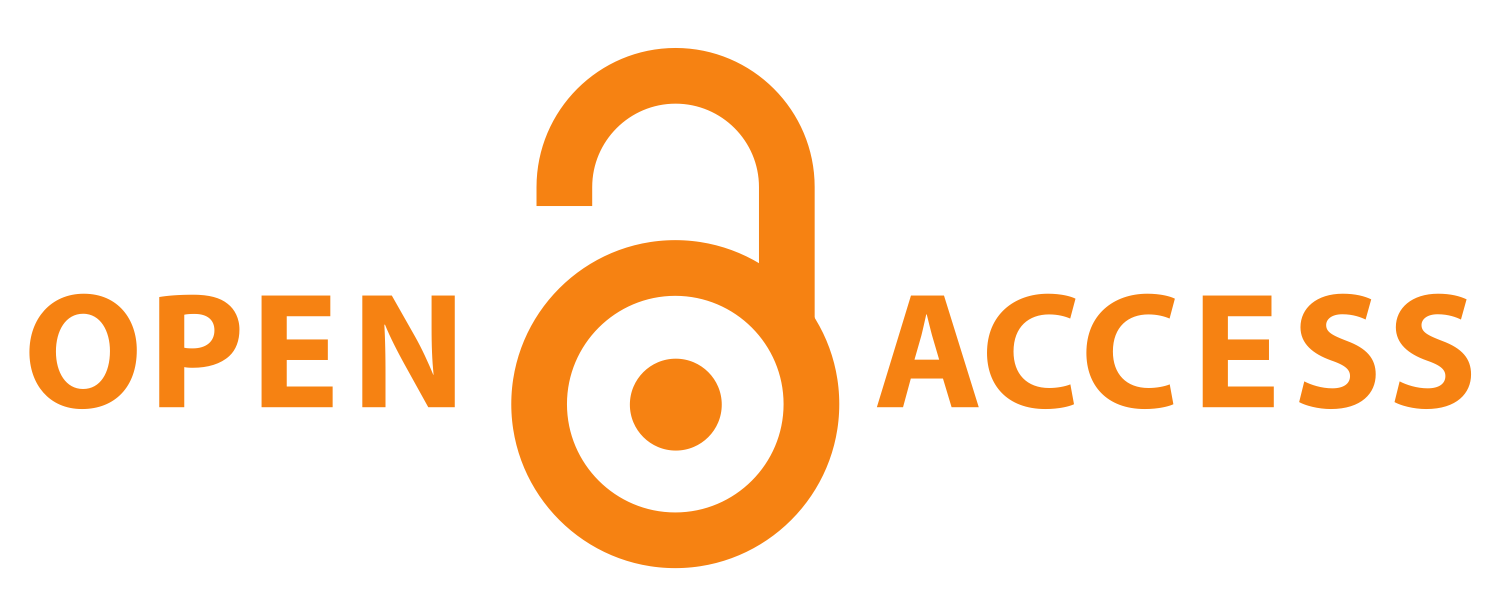DagRep.14.9.45.pdf
- Filesize: 2.13 MB
- 22 pages

 Creative Commons Attribution 4.0 International license
Creative Commons Attribution 4.0 International license
Extended Reality (XR), including Augmented Reality (AR) and Virtual Reality (VR), technologies are on the cusp of becoming mainstream. In 2019, about 6 million VR and AR headsets were shipped worldwide, with an estimated 16.5 million headsets in use in 2021, and predictions of over 50 million by 2026. By some estimates, this represents a $1 trillion market. Ideally, these technologies would be accessible to all who desire to use them; however, today, XR technologies are not accessible to millions of people with disabilities or impairments (visual, motor, cognitive), with incompatible physical characteristics (e.g., hairstyles and head shapes), with health conditions, and beyond. This includes children and the growing group of elderly people. In particular, the low accessibility of these technologies today hinders their widespread adoption worldwide, especially in the educational systems (learning, training), in industry (training, assistance), and in health care (rehabilitation, therapy, telemedicine). Thus, this Dagstuhl Seminar addressed an urgent need in the field to ensure that all individuals can benefit from the applications that XR offers.
Feedback for Dagstuhl Publishing